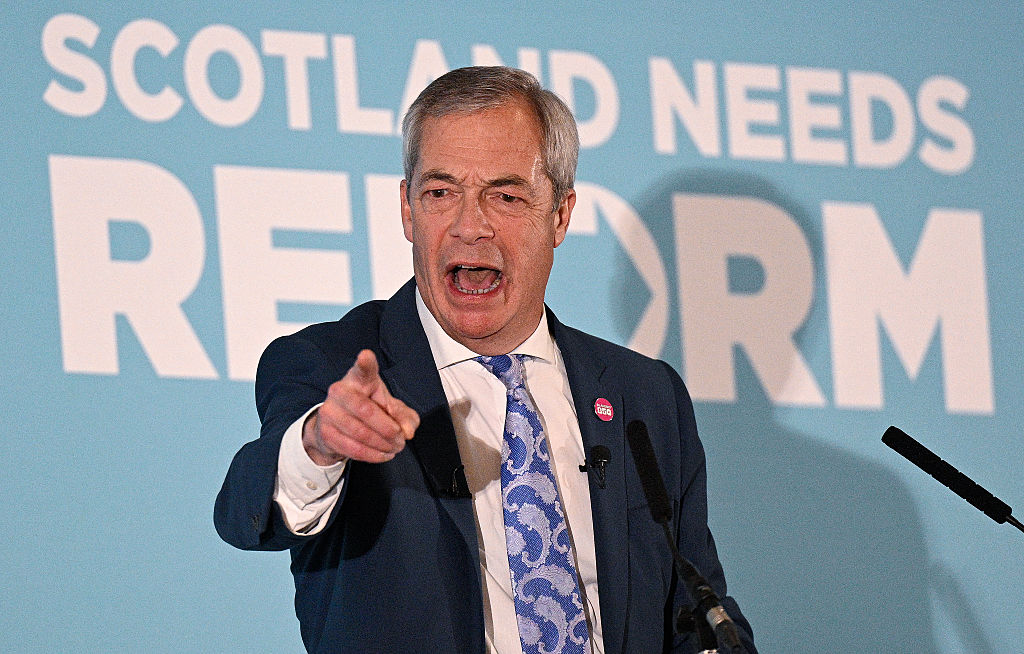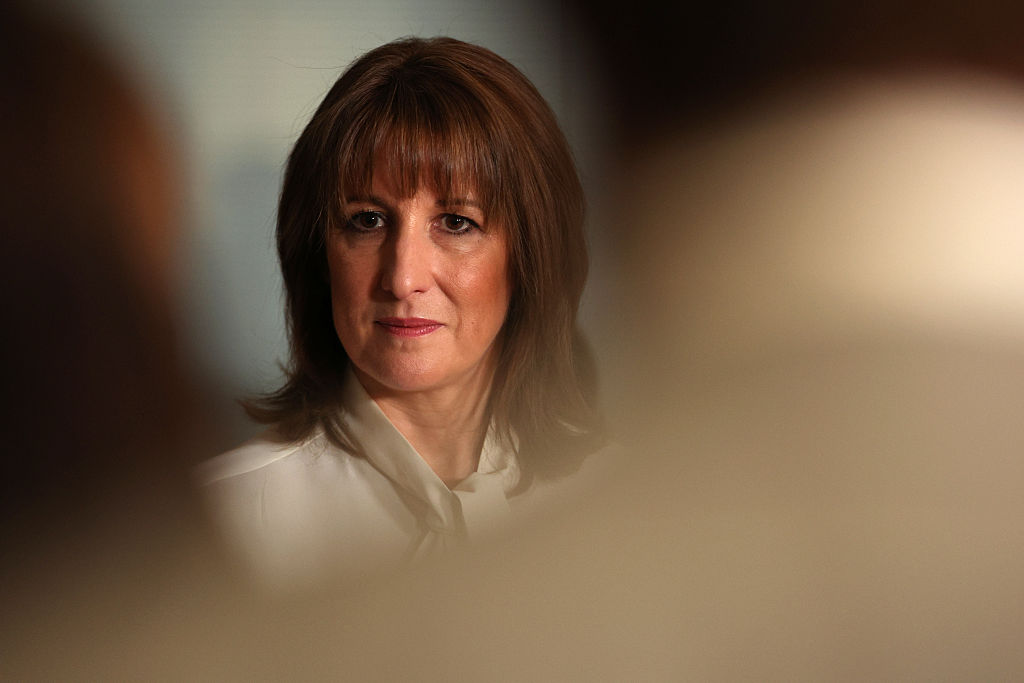Why the oil price is likely to remain high and rising
The oil price is at its highest in three years. And there’s plenty of evidence that it will remain high. John Stepek explains why, and what it means for you.


Yesterday, oil (as measured by the US benchmark, WTI) spiked above $70 a barrel for the first time in more than three years.
The immediate cause of the excitement was the news that Donald Trump plans to announce a decision on whether or not to withdraw from the Iran nuclear deal later today.
If the US president places sanctions back on Iran, then that would hit global oil supplies and lift prices.
MoneyWeek
Subscribe to MoneyWeek today and get your first six magazine issues absolutely FREE

Sign up to Money Morning
Don't miss the latest investment and personal finances news, market analysis, plus money-saving tips with our free twice-daily newsletter
Don't miss the latest investment and personal finances news, market analysis, plus money-saving tips with our free twice-daily newsletter
But, as is ever the case with oil, it's about a lot more than the immediate newsflow.
The long story behind the soaring oil price
Iran currently produces nearly four million barrels of oil a day. As the FT notes, if sanctions were put back in place, Iranian exports could fall by 200,000 to 300,000 barrels a day.
That's pretty chunky. But really, it's just the tip of the iceberg.
Let's rewind briefly. Oil prices began to crash in 2014 because the Opec oil cartel, led by Saudi Arabia, underestimated the production capacity of US shale oil producers.
The US was rapidly becoming one of the largest oil powers in the world from a standing start and yet the rest of the world's producers were blithely continuing on their merry way, confident that they could keep pumping out oil at over $100 a barrel, and it would have no effect on consumer or producer behaviour.
As always, economics forces people to find a way. A combination of substitution effects (you think electric cars would have taken off without $100-a-barrel oil?) and rocketing US production created an oil glut.
That glut was sustained by another Opec miscalculation: Opec assumed it could outlast the shale industry. But while Opec had a low production cost, it had huge bills to pay (Saudi Arabia's balance sheet was hammered bribing the populace in order to prevent the Arab Spring from spreading was an expensive business).
Shale producers, on the other hand, were able to run at a loss because of the steady flow of cheap credit. Rapidly improving technology brought production costs down and in the end enabled them to survive the oil price winter.
Opec gave up first. It teamed up with Russia to cut production. And much to everyone's surprise, a loose union of countries better known for stabbing each other in the back managed to stick to the plan.
Meanwhile, global growth picked up recovering swiftly from a brief scare in 2015 and, as a result, supply and demand gradually came back into balance.
Global oil consumption is set to breach 100 million barrels a day for the first time ever this year. Indeed, the International Energy Agency said last month that Opec could pretty much declare "mission accomplished". There is no more glut.
It's not just Iran Venezuela's production slide has been dramatic
So, let's say for argument's sake that supply and demand are back in balance and that demand is steady or rising (for now, global growth remains strong, despite jittery markets).
On the supply side, there are all sorts of signs that things might get tighter.
The Saudis want the oil price to go higher. What the Saudis want, they don't always get, as I mentioned last time I wrote about oil here, but it does mean that they might be willing to maintain current levels of production rather than raise production.
The same probably goes for Russia. Russia's currency is something of an oil-price play and it needs all the help it can get right now, what with sanctions.
On top of this, you have Venezuela. As John Paul Rathbone notes in the FT, Venezuela's oil production has collapsed at a staggering rate. Venezuela used to produce nearly 2.4 million barrels of oil per day. (And when I say "used to", I'm talking a mere three years ago). And this time last year, it was still producing not far off two million barrels a day.
But now, amid an extraordinary economic collapse, Venezuela's daily oil production has slid to just 1.5 million. And analysts are worried that it could fall by a further 500,000 by the end of the year.
This starts to put Iran into perspective. So even without new sanctions being imposed on Iran (which judging the balance of political probabilities seems less likely than the alternative, though we'll find out this afternoon), the oil supply is looking at taking a potentially whack.
And that'll only get worse if the US as is expected imposes new sanctions after Venezuela's sham elections on 20 May.
What high oil prices mean for your money
Put it like that, and it seems fair to say that the path of least resistance for oil prices remains "up". I'm certainly not suggesting that you should be spread-betting the oil price chances are it's a bit overcooked at the moment and whatever the outcome of the Iran decision, it'll be a "sell the news" job. But in the medium term, I think the bias is certainly higher.
What does it mean? You can stick with your dividend-paying oil stocks. You can continue to bet on the "late-cycle" movers resources stocks. And none of this will help with inflationary pressures. Companies have been complaining specifically of higher freight rates that's only going to get worse.
And it'll be interesting to see how higher US inflation, US bond yields, and the return of the petrodollar all interact. Those dollars raised by selling oil need to be kept somewhere, after all. And US Treasuries have often been the destination of choice. That's a topic for another day though.
Get the latest financial news, insights and expert analysis from our award-winning MoneyWeek team, to help you understand what really matters when it comes to your finances.
John Stepek is a senior reporter at Bloomberg News and a former editor of MoneyWeek magazine. He graduated from Strathclyde University with a degree in psychology in 1996 and has always been fascinated by the gap between the way the market works in theory and the way it works in practice, and by how our deep-rooted instincts work against our best interests as investors.
He started out in journalism by writing articles about the specific business challenges facing family firms. In 2003, he took a job on the finance desk of Teletext, where he spent two years covering the markets and breaking financial news.
His work has been published in Families in Business, Shares magazine, Spear's Magazine, The Sunday Times, and The Spectator among others. He has also appeared as an expert commentator on BBC Radio 4's Today programme, BBC Radio Scotland, Newsnight, Daily Politics and Bloomberg. His first book, on contrarian investing, The Sceptical Investor, was released in March 2019. You can follow John on Twitter at @john_stepek.
-
 Christopher Harborne: Reform UK donor and crypto billionaire
Christopher Harborne: Reform UK donor and crypto billionaireChristopher Harborne came into the spotlight when it emerged he had given £9 million to Nigel Farage's Reform UK. How did he make his millions?
-
 Reeves's business rates hike will crush the British economy
Reeves's business rates hike will crush the British economyOpinion By piling more and more stealth taxes onto businesses, the government is repeating exactly the same mistake of its first Budget, says Matthew Lynn
